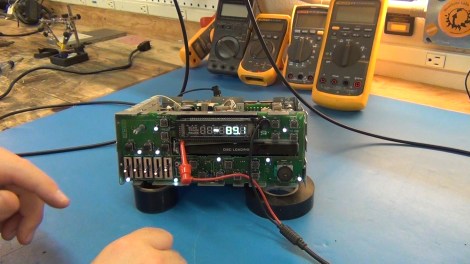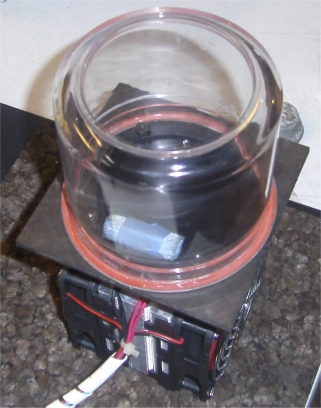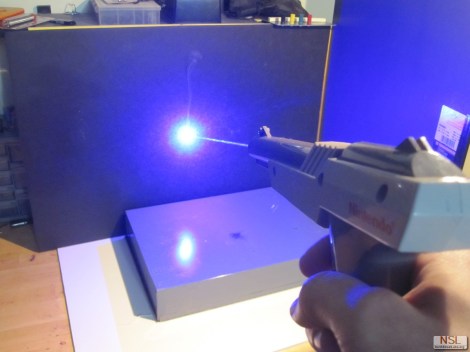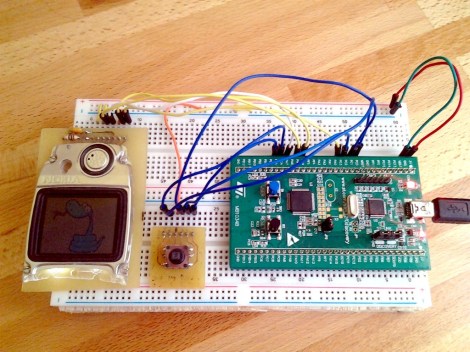
We love seeing repairs and always marvel at the ability to track down the problem. [Todd] seems to have a knack for this. He was met with a lot of adversity when trying to get the Vacuum Fluorescent Display working on his car stereo. A lot of persistence, and a little bit of taking the easier way out let him accomplish his goal.
The head unit is out of his 1994 Jeep. He knew the radio functionality still worked, but the display was completely dark. After getting it out of the dashboard he connected it to a bench supply and started probing around. He established that the data lines were still working by setting the radio to auto scan mode and testing with a multimeter. When he went to measure the cathode pins he didn’t get any reading. It seems the driver which supplies that signal is burnt out.
One easy fix would be to replace the parts from a scavenged unit. [Todd] hit the junkyard and picked up one from a Jeep that was just one model year apart from his. Alas, they weren’t exactly the same, and although he swapped out a chip (using a neat heated solder sucker) it didn’t work. In the end he simply dropped in a power resistor to use the 12V rail as a 1V at 0.1A source for the filament.
You can see his repair extravaganza in the video after the break. If you’re looking for tips on scavenging these types of displays check out this post.
















